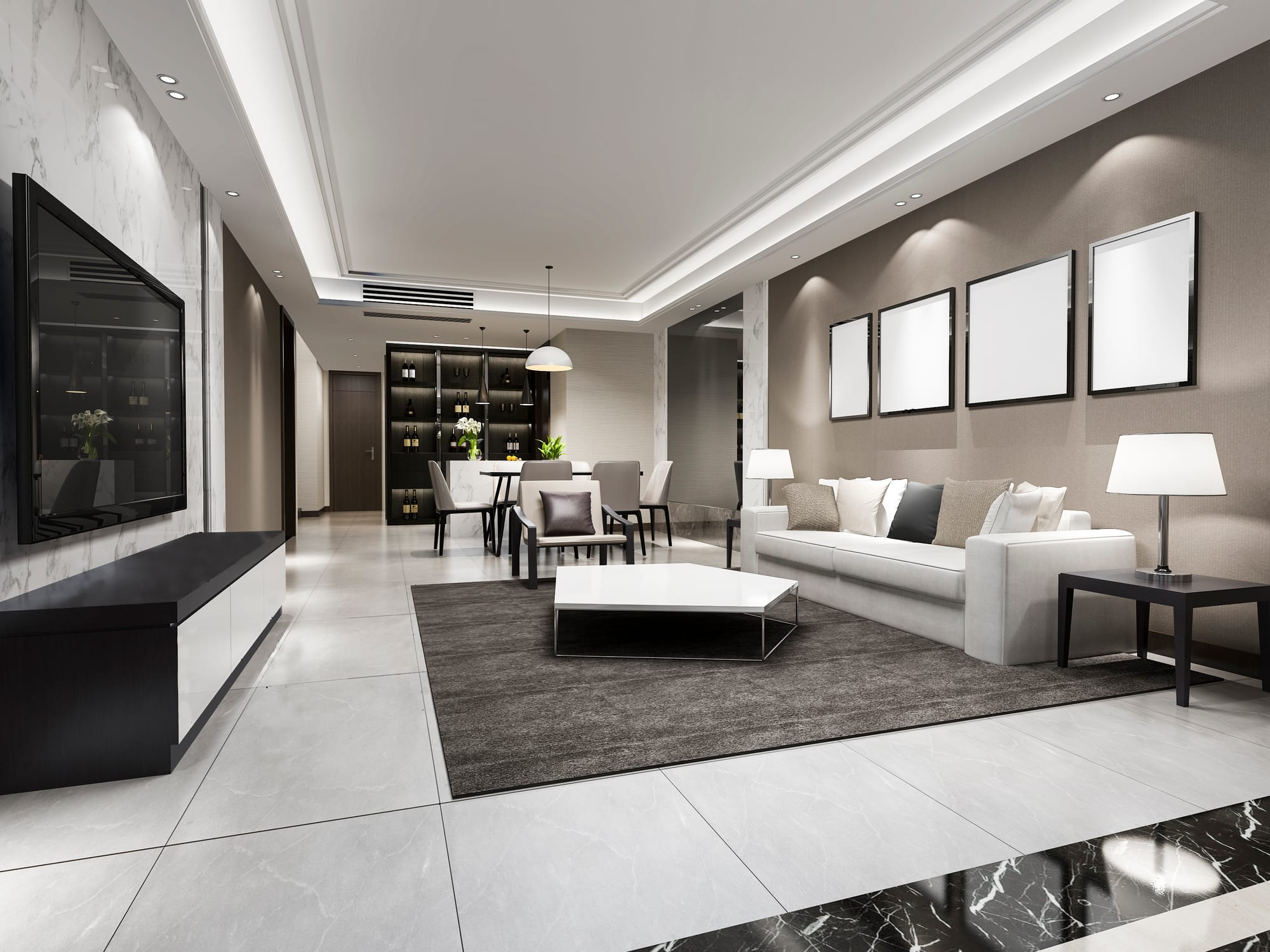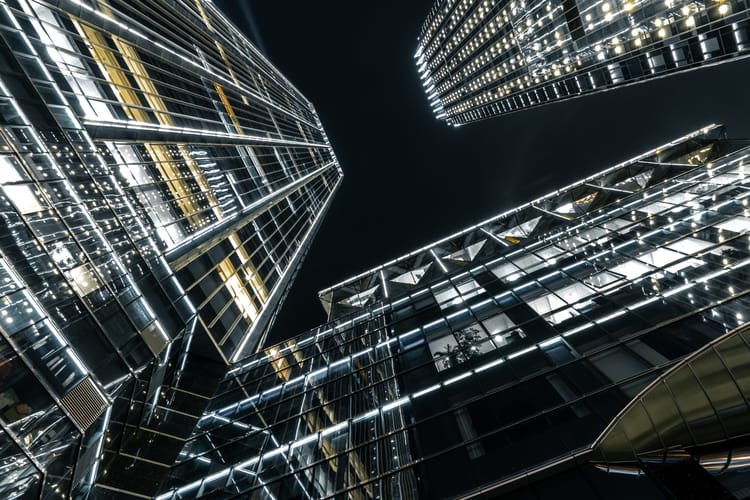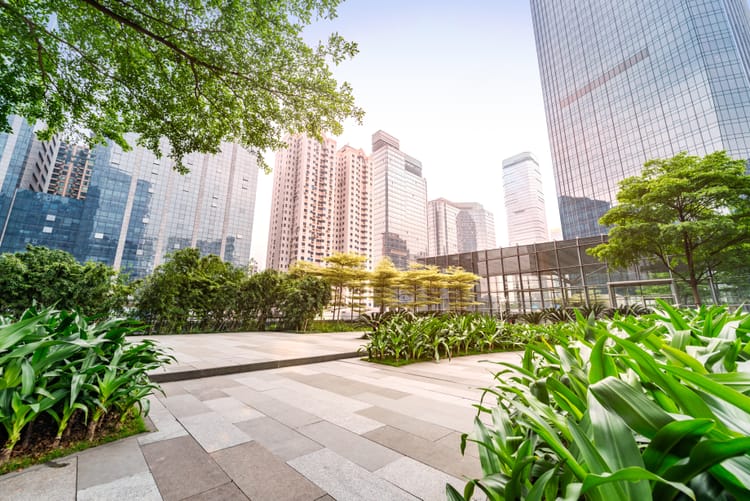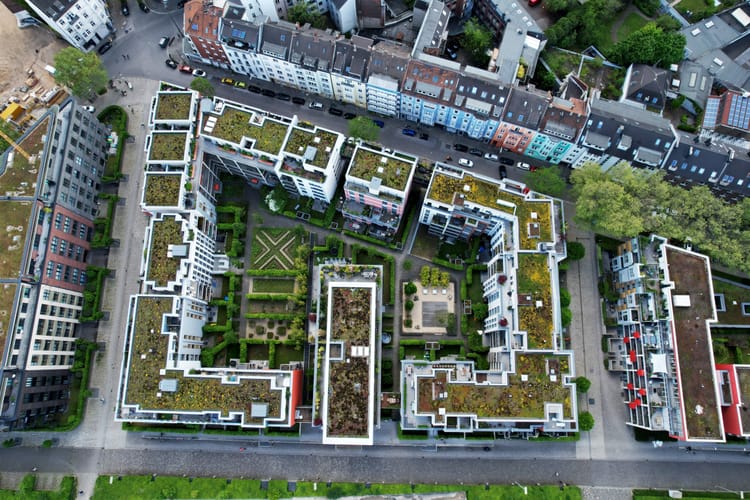Low-Tech vs High-Tech: Which Is More Sustainable?

Originally published on my Blogger site in August 2018. Refined for clarity and current relevance.
Introduction
Today, designers employ both advanced and traditional technologies to enhance building sustainability. As a result, green buildings often fall into two broad categories: low-tech and high-tech.
But which one is more sustainable?
- Which type of building would you prefer to live or work in?
- Should we always aim for the most advanced technologies?
- Or should sustainability be rooted in appropriateness, context, and simplicity?
Let’s unpack the meaning of low-tech and high-tech architecture — and what it means for sustainable development, particularly in developing countries like Malaysia.
What Do "Low-Tech" and "High-Tech" Mean in Architecture?
A low-tech building often uses natural materials and passive strategies such as shading, natural ventilation, and daylighting. These buildings are simple, affordable, low-maintenance, and encourage active occupant interaction, developing a meaningful relationship between people and their environment.
In essence, low-tech solutions are passive and indirect, manipulating environmental forces to enhance comfort.
By contrast, a high-tech building is designed to think, learn, and respond. It integrates sensors, automation, smart HVAC systems, energy production, and advanced materials — all aimed at delivering maximum comfort and performance with minimal user effort.
High-tech solutions use technological innovations to create responsive, intelligent systems that adjust the building environment to human needs.
Can Developing Countries Afford High-Tech Solutions?
Technological adoption differs significantly across regions. According to Shao & Nagai (2017), while both high-tech and low-tech ecological strategies are employed in developed nations, developing countries tend to lean on low-tech approaches — and for good reason.
In Malaysia, high-tech systems are often imported. As shared by Ong Ching Loon (2009), Managing Director of Cofreth (M) Sdn Bhd,
"One building we manage had advanced imported equipment no one locally knew how to maintain... A leakage repair cost RM50,000–60,000 and required flying in foreign technicians."
This reality reflects the incompatibility between imported high-tech solutions and local maintenance capacity.
As Schumacher (1973) argued in Small is Beautiful, developing countries risk dependence on foreign expertise and technologies if they imitate industrialised models without localisation.
The Case for "Appropriate Technology"
E.F. Schumacher’s idea of appropriate technology advocates using locally manageable and maintainable tools, materials, and construction methods. This doesn’t mean rejecting innovation, but rather encouraging technology that fits the economic, cultural, and technical context.
Some high-tech icons like Foster and Piano have shifted their thinking too. Piano’s evolution from the ultra-tech Centre Pompidou to the bioclimatic Tjibaou Cultural Centre illustrates how high-tech design can integrate cultural and ecological sensitivity.
Which Approach Is More Sustainable?


Passive vs Active Comfort Strategies The left space embraces natural materials, daylight, and ventilation for thermal comfort with minimal technology. The right depends on mechanical systems and controlled interiors, showcasing how both low-tech and high-tech approaches shape the way we live and consume energy. Source: Envato Elements.
Low-tech architecture emphasises:
- Low embodied energy and local materials
- Passive cooling, daylighting, and thermal mass
- Designs that don’t require additional energy inputs
High-tech architecture often:
- Relies on mechanical systems and automation
- Carries a high energy and material footprint
- Requires skilled labour and complex maintenance
Huges (2016) critiques high-tech buildings as appearing green due to operational efficiency, while ignoring the energy consumed in creating these technologies.
A more sustainable approach combines the best of both worlds:
“Use high-tech only where there is no better passive alternative.”
Towards Smarter Sustainability
The goal isn’t to oppose high-tech or romanticise low-tech. It’s to balance design intelligence with resource efficiency.
The HSBC Headquarters in Hong Kong, designed by Norman Foster, uses solar reflectors to cut operational energy use. Yet the building’s components were shipped from across the globe, making it extremely high in embodied energy.
So, is it really a green building?
Foster later emphasised that technology choice must be context-driven. Rogers added that there is no such thing as "high" or "low" tech — only appropriate tech.
Conclusion: Designing for Context, Not Complexity
To move toward sustainable architecture, especially in developing countries, we must:
- Apply passive, context-appropriate strategies from traditional architecture
- Use local materials and methods where possible
- Prioritise simplicity, adaptability, and long-term affordability
High-tech solutions should be purposeful and limited, not default. Ultimately, the most sustainable buildings are those that respond wisely to place, climate, and culture.
Let’s stop chasing complexity and start building with intelligence.
References
- Crysler, C.G., Cairns, S., & Hynen, H. (2012). The SAGE Handbook of Architectural Theory. Sage.
- Edwards, B. (2001). Green Architecture. John Wiley & Sons.
Hughes, M. (2016). "Architecture Shaped by Time and Place." D/Zine, Issue 8, pp. 40-49. - Schumacher, E.F. (1973). Small is Beautiful: Economics as if People Mattered. Harper & Row.
- Shao, D. & Nagai, Y. (2017). "The innovative application of eco-technology in architectural design." Journal of Engineering and Applied Sciences, 12(10), 2592-2596.
Explore More:
Sustainability Isn’t One-Size-Fits-All
Subscribe for more critical takes on what truly makes our built environment sustainable, adaptable, and human-centred.





Member discussion